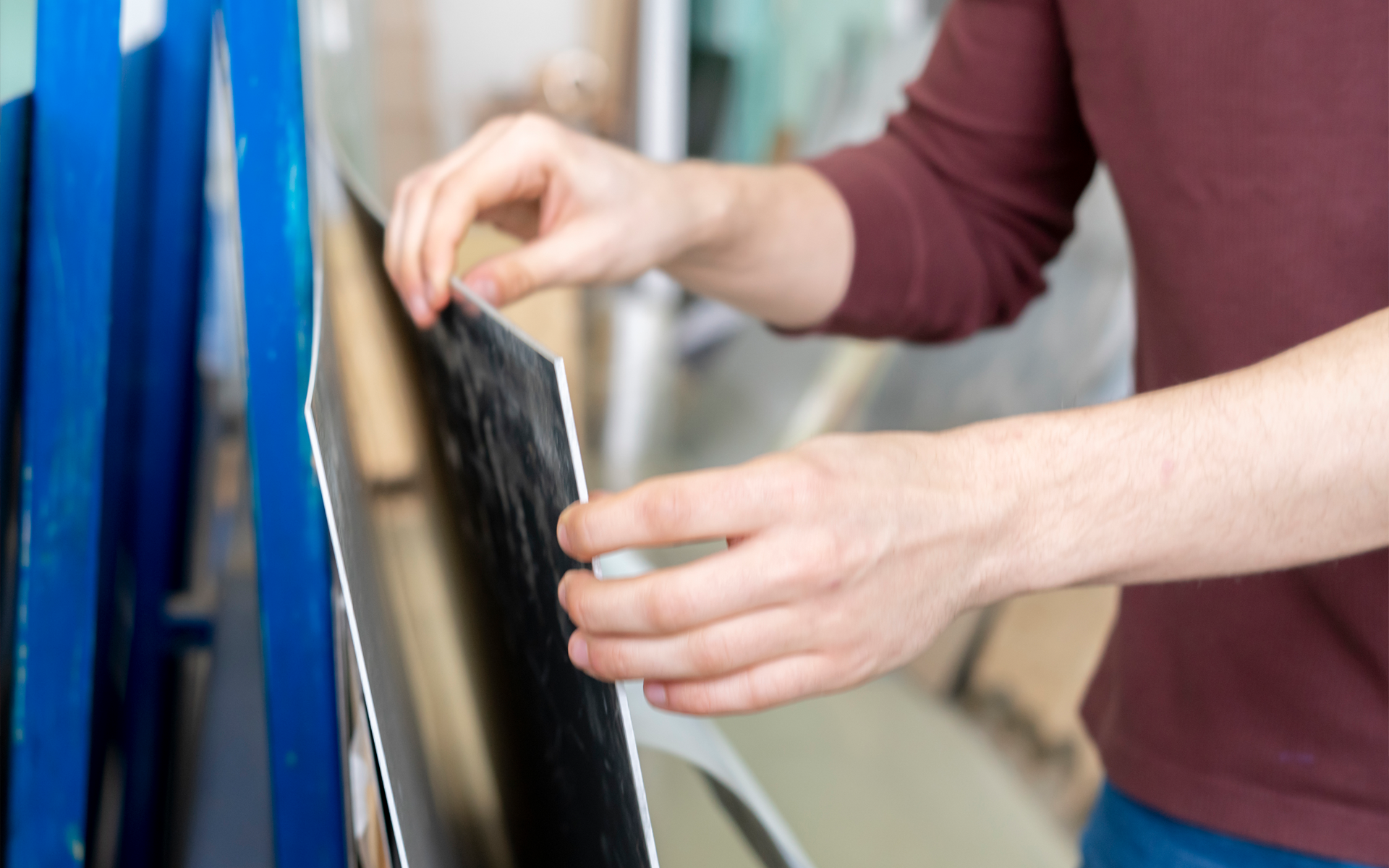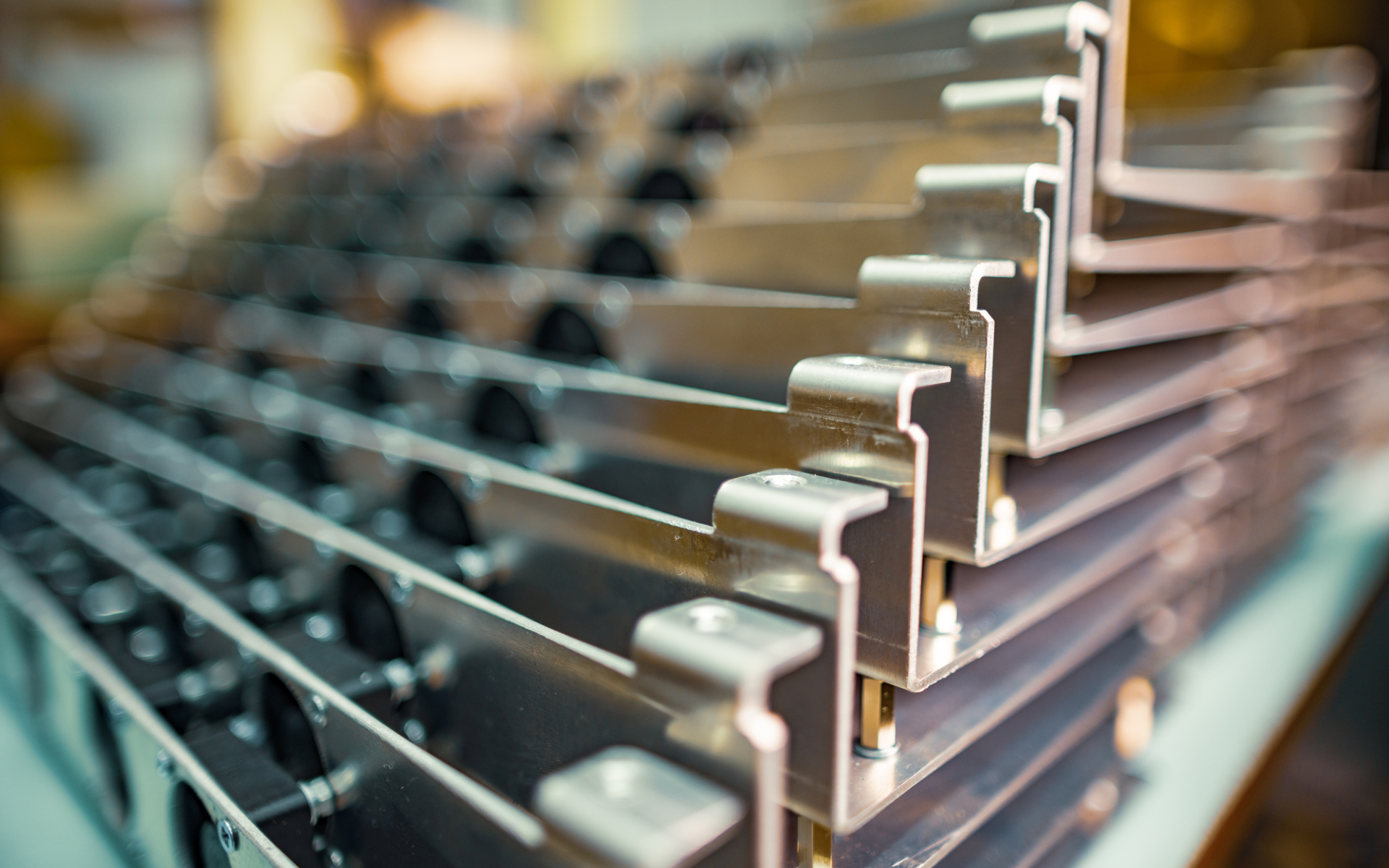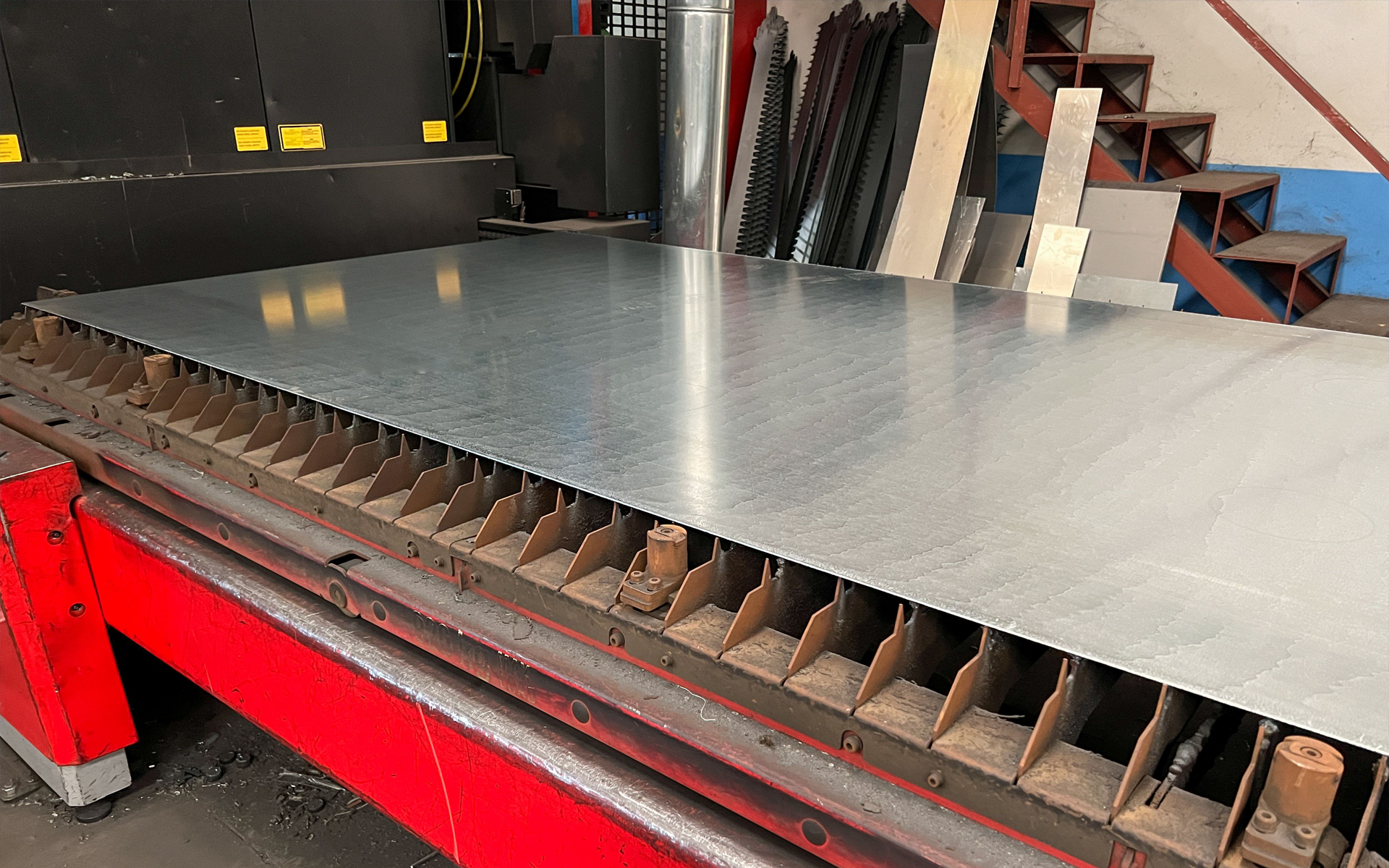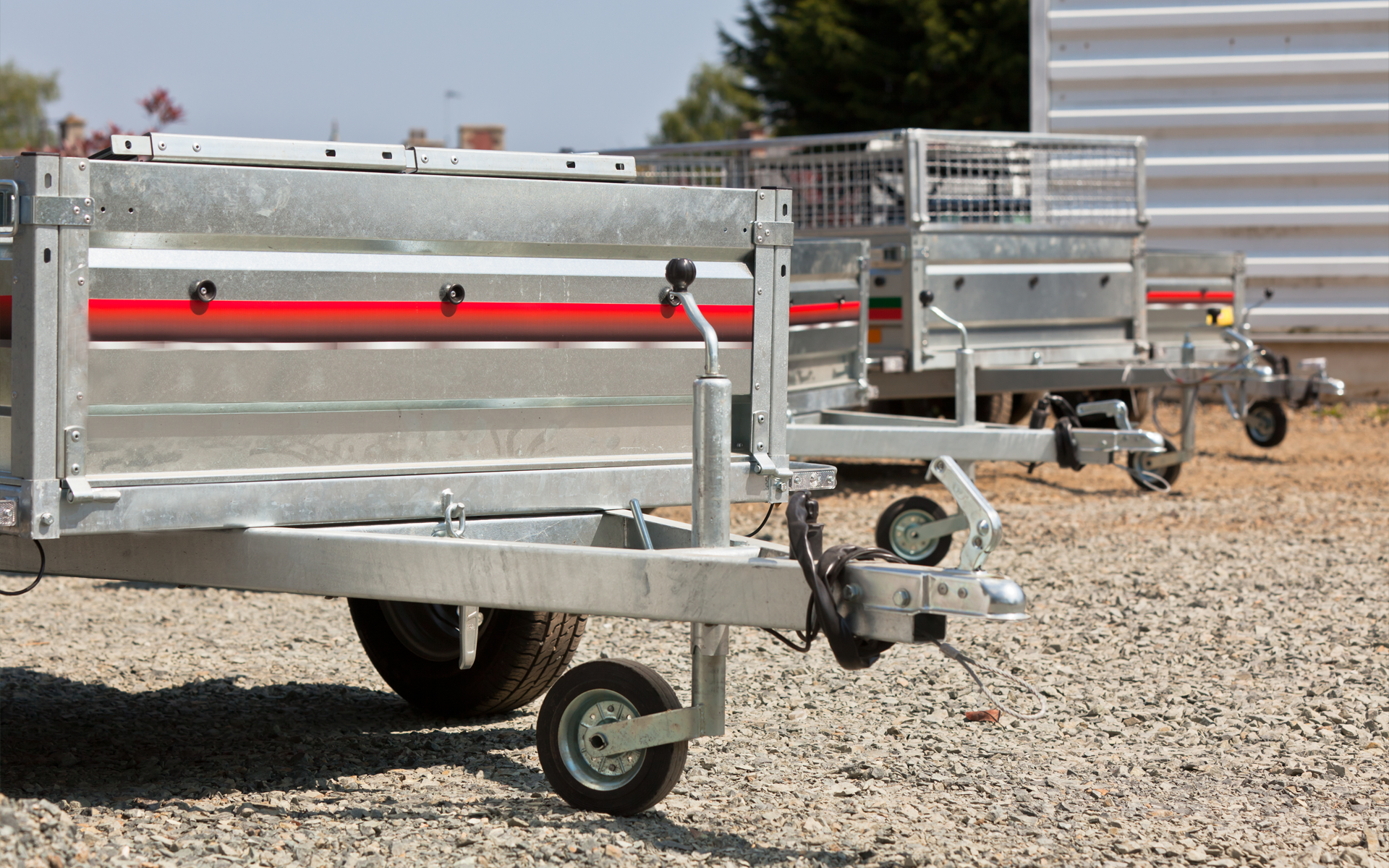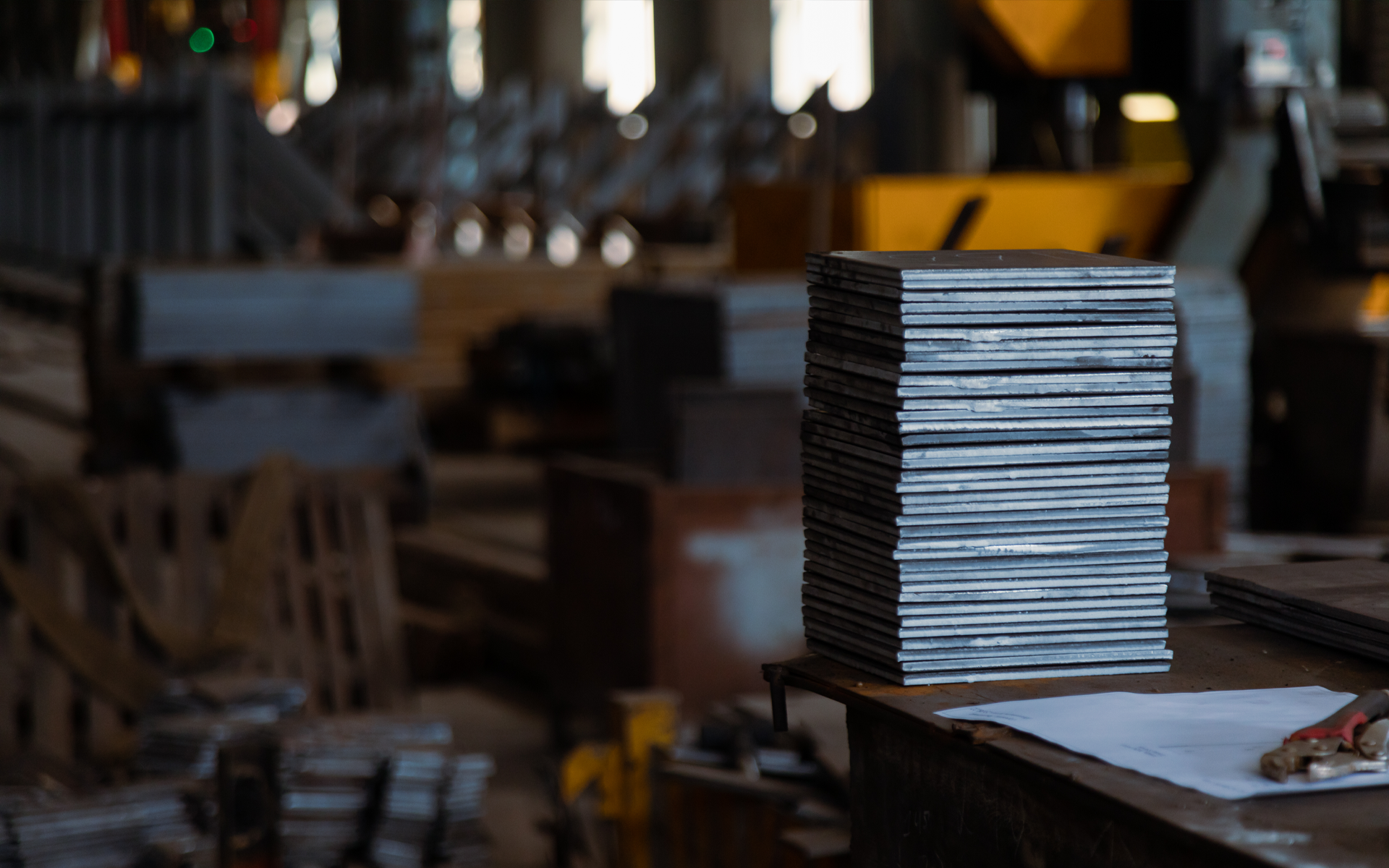Cold Rolled vs Hot Rolled Steel: Which Is Better for Fabrication?
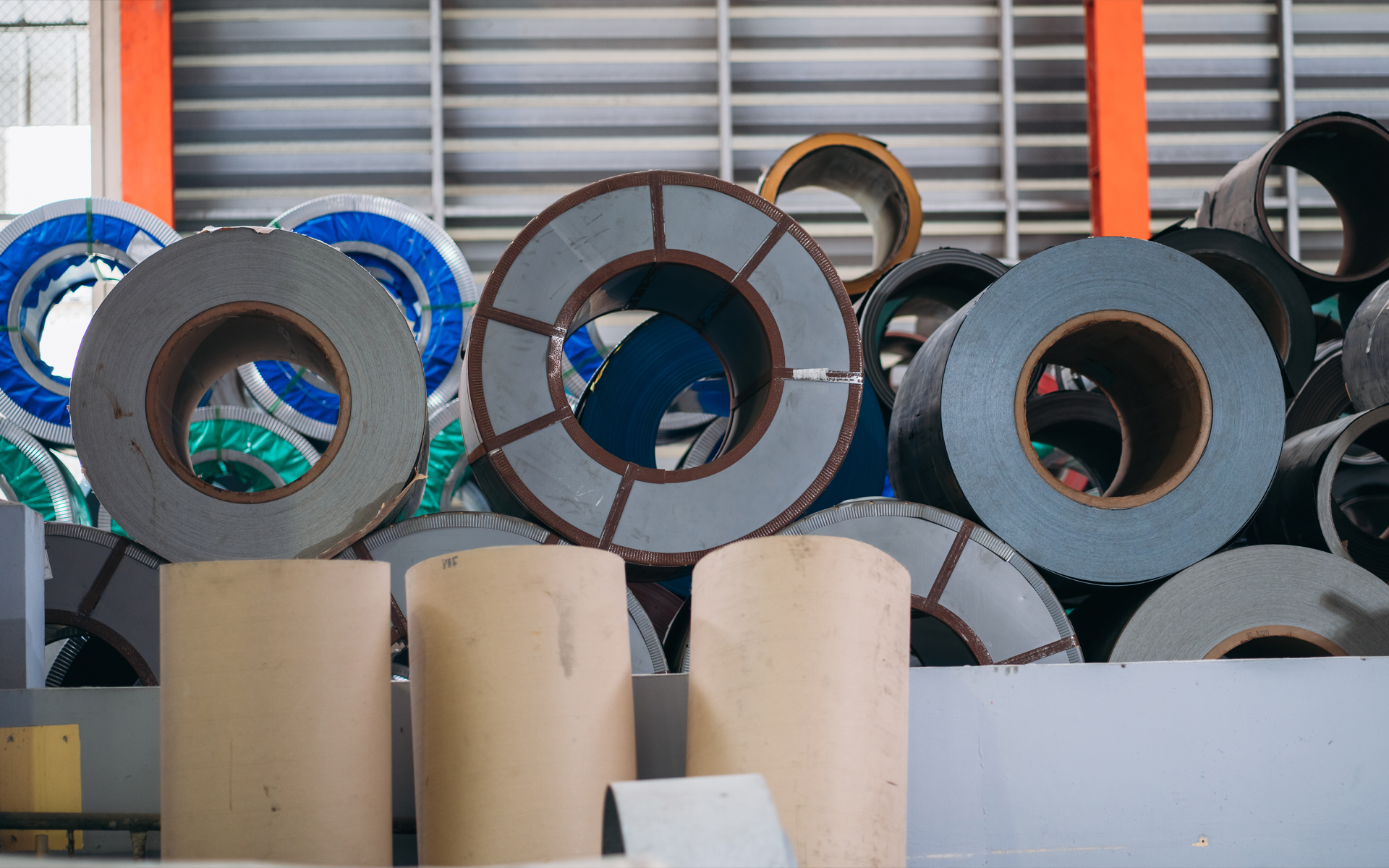
When it comes to steel fabrication, selecting the right type of material early in the design process can significantly impact project cost, product performance, and production efficiency. One of the most common decisions fabricators and manufacturers must make is whether to use cold rolled steel or hot rolled steel. Each has its own set of properties, applications, and advantages depending on your project's needs.
At Olympic Steel, we supply both cold rolled and hot rolled steel across a wide range of thicknesses, formats, and grades processed and ready for fabrication. In this guide, we’ll explore the differences between cold rolled and hot rolled steel, break down their fabrication properties, and help you determine which option best suits your project.
What Is Hot Rolled Steel?
Hot rolled steel is produced by rolling steel at temperatures over 1,700°F (927°C), which is above the steel’s recrystallization point. At these elevated temperatures, the material becomes malleable and can be formed easily into various shapes and sizes. After rolling, the steel cools in the open air, creating a scale-covered surface.
This process makes hot rolled steel ideal for structural applications and projects where precise tolerances are not critical. It is often more affordable and widely available in thicker gauges and larger dimensions.
Common Applications:
- Structural beams and channels
- Plate for heavy machinery
- Rail and bar stock
- Welded frame components
What Is Cold Rolled Steel?
Cold rolled steel begins as hot rolled steel but goes through an additional processing step. After cooling, the steel is rolled again at room temperature using compression rollers. This process increases the steel’s strength and improves its surface finish, dimensional accuracy, and consistency.
Cold rolling produces a smooth, oily surface and tighter tolerance control, making it well-suited for fabrication projects that require precise dimensions and a cleaner appearance.
Common Applications:
- Precision-formed parts
- Panels and enclosures
- Furniture and appliances
- Agricultural and consumer equipment
Hot Rolled vs Cold Rolled Steel: Key Differences
The choice between hot and cold rolled steel comes down to performance requirements, tolerance expectations, and surface finish needs. Here's how the two compare:
| Property | Hot Rolled Steel | Cold Rolled Steel |
|---|---|---|
| Manufacturing Temperature | Above recrystallization (1,700°F+) | Room temperature post-hot roll |
| Surface Finish | Scaled, rougher | Smooth, oily, refined |
| Dimensional Tolerance | Less precise | More consistent and accurate |
| Strength & Hardness | Lower yield strength | Higher yield strength due to strain hardening |
| Formability | Excellent for large bends | Better for tight bends and clean edges |
| Cost | More economical | Slightly more expensive |
Which Is Better for Steel Fabrication?
Both cold rolled and hot rolled steel have their place in fabrication projects. The better option depends on your specific needs.
Use Hot Rolled Steel When:
You’re fabricating structural parts like beams, base plates, and support components where precise tolerances are not required. Hot rolled steel is easier to work with in thicker dimensions and is typically more cost-effective for large builds.
Use Cold Rolled Steel When:
Your project requires precision and visual appeal. Cold rolled steel is the go-to choice for laser-cut panels, formed enclosures, welded tubing, and assemblies where smooth finishes and tight tolerances matter. Its added strength also allows for reduced material thickness in some designs.
Olympic Steel’s Capabilities
As a trusted steel processor and distributor, Olympic Steel provides both hot rolled and cold rolled materials cut, formed, and packaged for immediate use. Our in-house capabilities include:
- Laser and plasma cutting
- Coil leveling and shearing
- Brake forming
- Plate rolling
- Blasting and primer coating
Whether you need thousands of pounds of coil steel for OEM production or custom blanks for job-shop fabrication, we deliver material solutions that reduce waste, improve throughput, and support consistent quality.
Cost Considerations and Efficiency
Price often plays a role in material selection. Hot rolled steel is typically more affordable due to its simpler processing route and lower handling costs. However, the need for post-processing such as cleaning or grinding the surface may add labor and time.
Cold rolled steel costs more per pound but may save time downstream in fabrication. Its cleaner finish often requires less prep before painting or coating, and tighter tolerances reduce machining time.
When Olympic Steel provides cut-to-size cold rolled or hot rolled blanks, we help clients minimize these post-processing steps.
Surface Treatments and Coatings
Both types of steel can be finished with coatings such as primer paint, galvanizing, or powder coating. However, the starting surface matters:
- Hot rolled steel’s rougher surface may require more prep (blasting or grinding) before coating.
- Cold rolled steel often accepts coatings better due to its clean, smooth surface.
Olympic Steel offers pre-primed steel, blasted plate, and value-added finishing services tailored to your specs.
Structural Performance in Fabrication Projects
For applications requiring structural integrity like frame assemblies, supports, and heavy load-bearing parts hot rolled steel is often preferred for its ductility and availability in larger sections. It’s easier to weld and work in thick plate or bar form.
Cold rolled steel offers higher tensile strength and yields better formability in thin gauges, making it ideal for sheet metal fabrication, machine guards, appliance housings, and precision-formed parts.
At Olympic Steel, we help customers choose the right balance of material strength, formability, and dimensional control based on the end-use environment.
FAQs: Cold Rolled vs Hot Rolled Steel
Is cold rolled steel stronger than hot rolled?
Yes. Cold rolled steel undergoes strain hardening, which increases yield and tensile strength compared to hot rolled steel.
Can I weld both types of steel?
Absolutely. Both are weldable, though hot rolled steel is generally easier to weld due to fewer internal stresses.
Which steel is better for machining?
Cold rolled steel is preferred for machining due to its consistency, hardness, and smoother surface.
Does cold rolled steel cost more?
Yes. Cold rolled steel is more expensive, but it can save time in downstream fabrication due to its finish and precision.
Can I use hot rolled steel in precision applications?
Only if you're prepared to machine or grind it down after purchase. For tight tolerances, cold rolled is a better starting point.
Final Thoughts: Choosing What Works for You
There’s no one-size-fits-all answer in the cold rolled vs hot rolled debate. Your project’s performance requirements, budget, and processing needs will determine the right choice.
If you need large quantities of structural material for framing or support, hot rolled steel provides a cost-effective, durable solution. For components that demand tighter tolerances, visual appeal, or high-performance surface characteristics, cold rolled steel is the better fit.
Olympic Steel offers both materials in coil, sheet, plate, and processed form delivered to your spec, ready to fabricate. Let our technical team help you evaluate your options for strength, cost, and efficiency.
